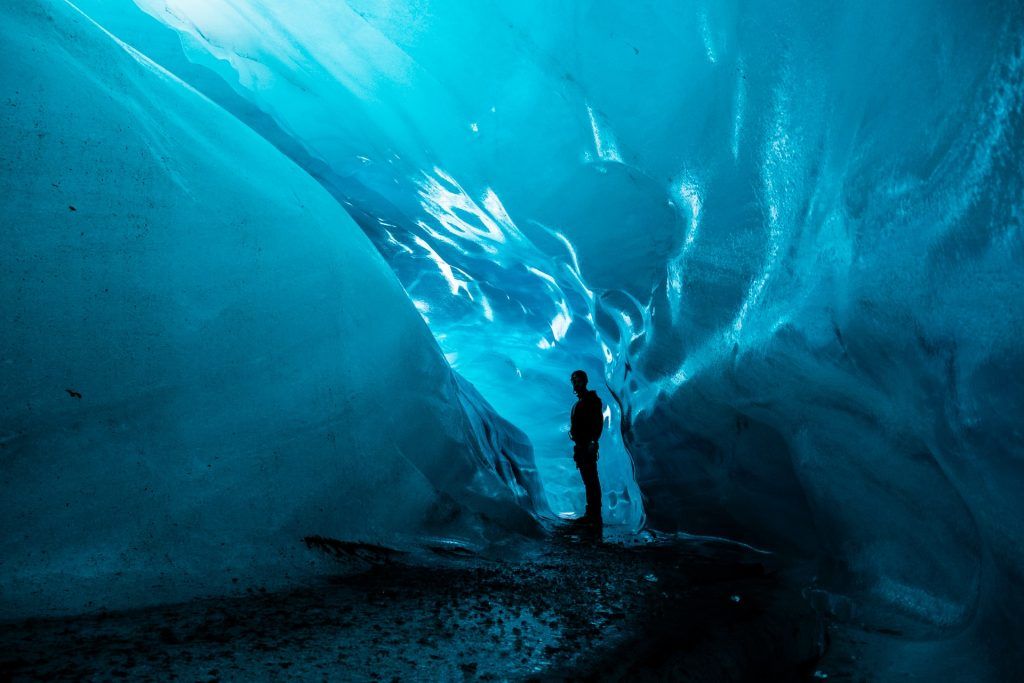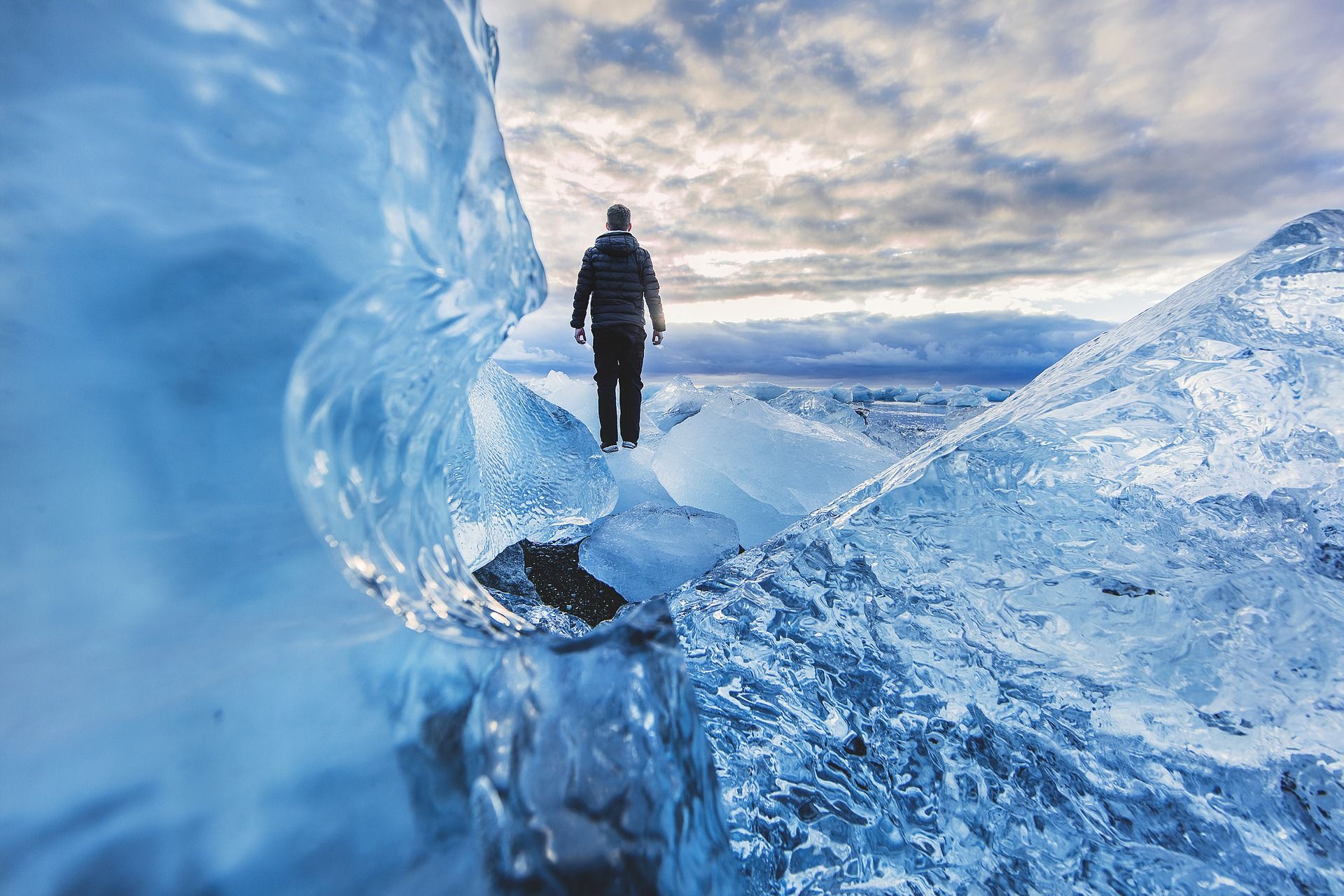Publicaciones relacionadas:
 Prestigious European research on floods has a physicist from the University of Almeria
Prestigious European research on floods has a physicist from the University of Almeria
 New project to improve biological detection, identification & monitoring equipment
New project to improve biological detection, identification & monitoring equipment
 Galileo Return Link Service delivers excellent performance
Galileo Return Link Service delivers excellent performance
 Medical sensors boost response to Italy’s COVID-19 crisis
Medical sensors boost response to Italy’s COVID-19 crisis
 Extension of deadline calls due to Covid-19
Extension of deadline calls due to Covid-19



Leave a Reply